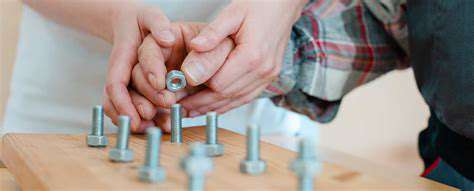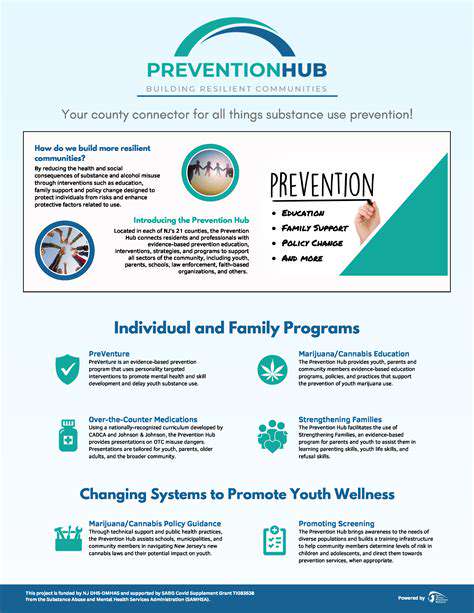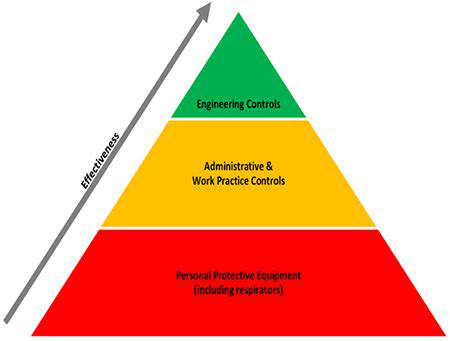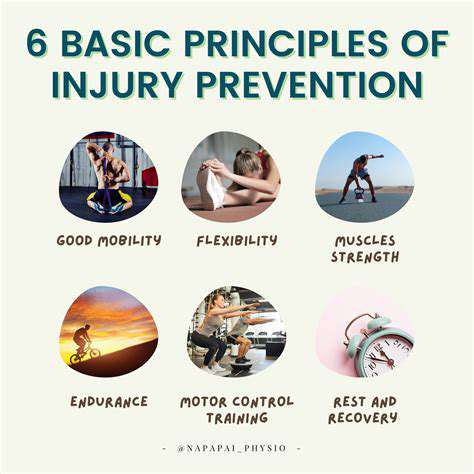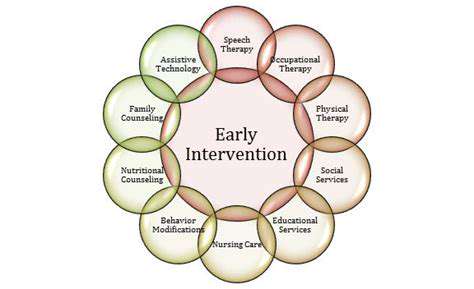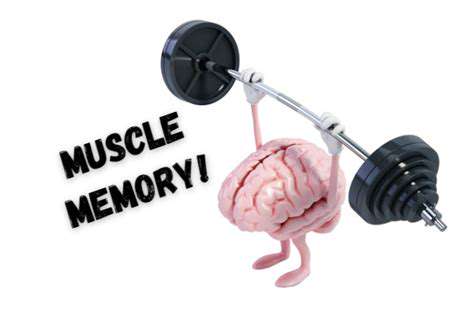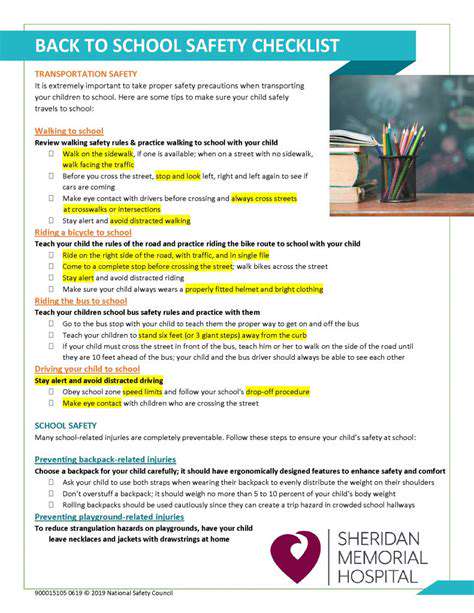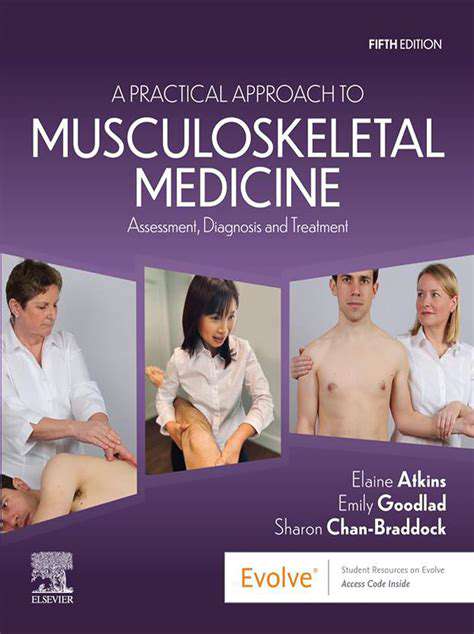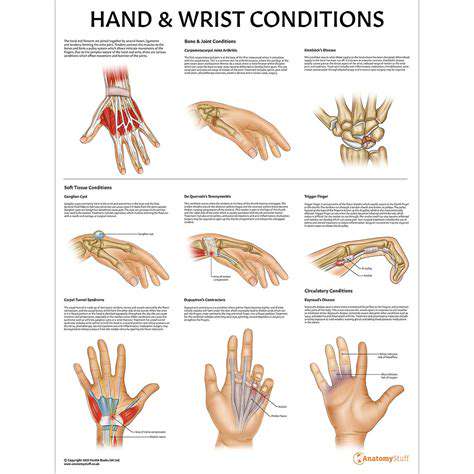Exercises Restoring Finger Dexterity
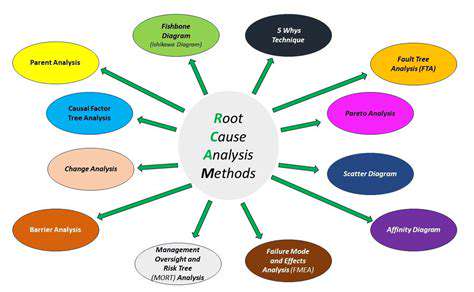

Targeted Exercises for Specific Finger Problems
Trigger Finger
Trigger finger, a common condition, involves a tendon that gets stuck in the finger's sheath. This causes a painful catching or snapping sensation when bending or straightening the finger. Various exercises can help improve flexibility and reduce the inflammation associated with trigger finger. Gentle, controlled movements are key to avoid exacerbating the problem. These exercises should be performed regularly, but not to the point of pain. Always consult a medical professional to determine the best course of action for your specific case.
One simple exercise involves gently bending and straightening the affected finger, holding each position for a few seconds. Repeating this motion several times a day can help improve the tendon's glide within its sheath. Another exercise involves using a pen or similar object to gently pull the affected finger back and forth. This helps to stretch the involved tendons and surrounding tissues, gradually improving mobility.
Dupuytren's Contracture
Dupuytren's contracture is a progressive condition that causes the tissues in the palm and fingers to thicken and contract, ultimately bending the fingers inwards. Specific exercises can help maintain flexibility and potentially slow the progression of the condition. These exercises should be performed under the guidance of a healthcare professional to ensure proper technique and avoid causing further harm.
Gentle stretching exercises that involve carefully extending the affected fingers and holding the position for a few seconds are beneficial. Regular repetition of these stretches, combined with other therapies, can help to maintain the range of motion in the affected fingers. It's crucial to remember that Dupuytren's contracture requires patience and consistent effort, and the outcome may vary depending on the individual and the severity of the condition.
Ulnar Nerve Entrapment
Ulnar nerve entrapment, often resulting in numbness or tingling in the ring and pinky fingers, can be addressed with targeted exercises. These exercises aim to improve blood flow to the affected area and reduce pressure on the nerve. The specific exercises will vary depending on the location and severity of the entrapment.
Exercises that involve wrist and hand movements, such as wrist extensions, finger stretches, and gripping exercises, can help alleviate symptoms. It is important to perform these exercises gradually and avoid any movements that cause significant pain. Always consult a healthcare professional to determine the appropriate exercises for your specific situation.
Ganglion Cysts
Ganglion cysts, fluid-filled lumps that often form on the wrist or hand, may require specific exercises to improve flexibility and address any underlying issues that contribute to their formation. These exercises should be gentle and targeted, focusing on the surrounding joints and muscles to encourage healing and reduce pressure on the affected area.
Gentle wrist stretches and exercises that promote blood circulation in the affected area can be beneficial. These exercises can help alleviate pain and discomfort associated with the cyst. It's important to avoid any exercises that put excessive pressure on the cyst, as this could potentially worsen the condition. Remember that consistent effort and a gradual approach are key to managing ganglion cysts effectively.
Carpal Tunnel Syndrome
Carpal tunnel syndrome, characterized by pain, numbness, and tingling in the hand and fingers, particularly at night, can benefit from specific exercises. These exercises are aimed at reducing inflammation and improving blood flow to the carpal tunnel region. Regular stretching and strengthening exercises can be beneficial.
Exercises that involve wrist and hand movements, such as wrist extensions and flexions, can help relieve pressure on the median nerve. Gentle finger stretches and hand exercises, like making fists and spreading fingers, also help improve flexibility and circulation. Remember, consult with a medical professional to determine the most appropriate exercises for your specific needs and to avoid exacerbating symptoms.
Rheumatoid Arthritis
Rheumatoid arthritis, an autoimmune disease, can significantly impact finger function. Exercises are crucial to maintain range of motion and reduce stiffness. Gentle, controlled exercises that progressively increase in intensity are recommended. It's essential to listen to your body and avoid any movements that trigger pain or discomfort.
Stretching exercises that focus on gently bending and straightening the fingers, as well as wrist exercises, are beneficial. Hand-strengthening exercises, like squeezing a stress ball or using resistance bands, can improve grip strength. Consult with a physical therapist or doctor to create a personalized exercise program that is safe and effective for managing the specific symptoms of rheumatoid arthritis.
